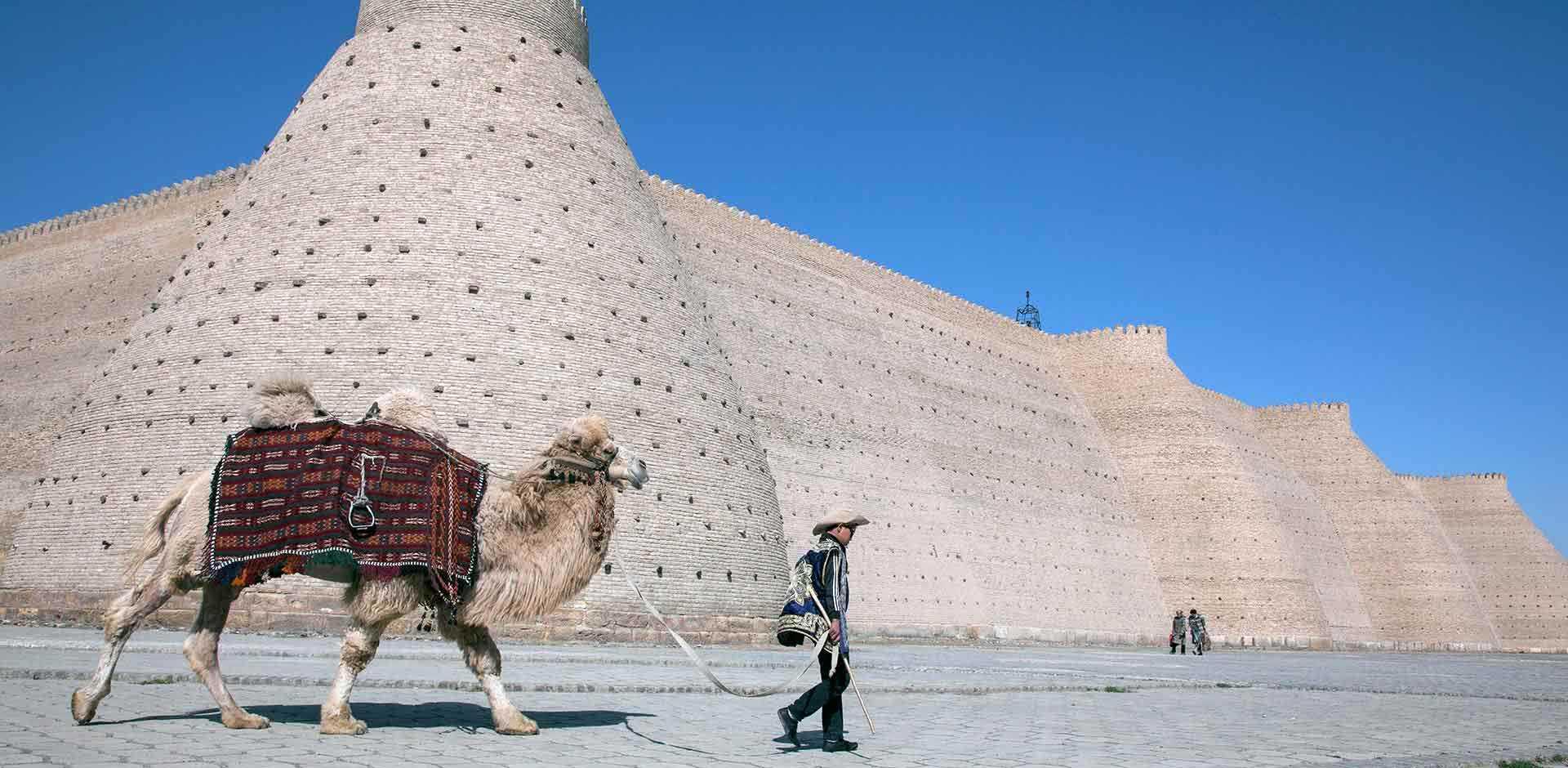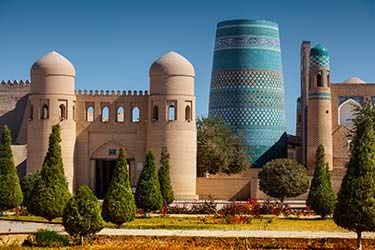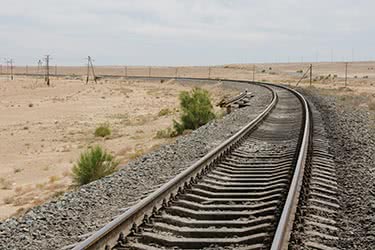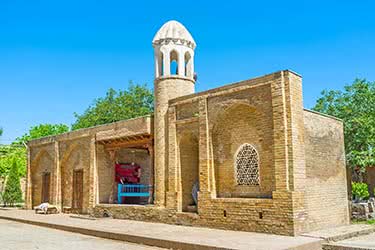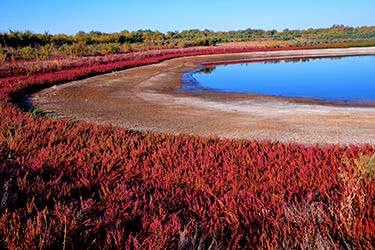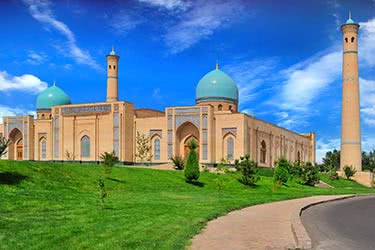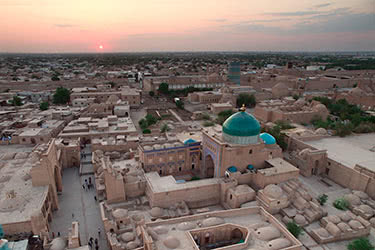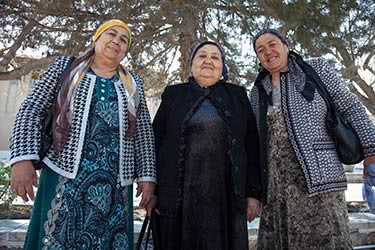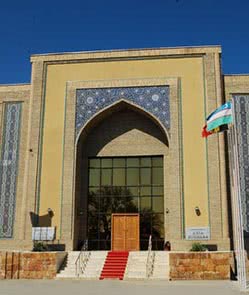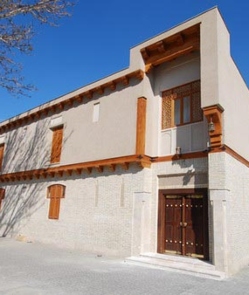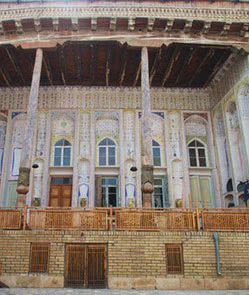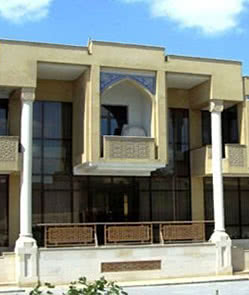
Bukhara
Visitors to this "city-museum" are plunged into a fully immersive historical experience and delighted by its ancient wonders including the Kalyan Minaret with its Kalan Mosque, the awe-inspiring Ark Fortress and the city's beautiful covered bazaars and markets.
Experiences
A handpicked selection of experiences endorsed by our experts. If you can’t see what you’re looking for, let us know, as our extensive network of local contacts can open many doors.
Bazaars
Since the Shaybanid era in the 16th century, the area around the Lyabi Hauz has become a warren of covered bazaars, teeming with activity. The lanes are lined with market stalls with their domed roofs and, despite a dramatic overhaul during Soviet occupation, remain a wonderful treasure trove of souvenirs.
Lyaubi Hauz
An architectural ensemble built around one of the city’s few remaining pools, shaded by mulberry trees that date back to the 17th century when it was built, this is one of the most pleasant sites in Bukhara. The plaza is framed by two madrassas and a khanaka - a lodging house. By the pond sits a statue of Nasruddin Hodja, a character who appears in many children’s folk tales in central Asia.
Mausoleums
Samani Park is home to two of the city’s most interesting mausoleums. Ismail Samani Mausoleum was built in the 9th century and, as the resting place of the Samanids - the last Persian dynasty to hold power, is an important Islamic landmark. Nearby is the mausoleum of Chashma-Ayub in which there is a natural spring reputed to have been brought forth by Job when he struck his staff on the spot. The waters are said to have healing properties.
Po-i-Kalyan
This historical architectural complex was built in the 16th century around the base of Kalyan Minaret, which dates back to the 12th century. It includes the Mir-i Arab Madrasa and the Kalan Mosque, through which visitors can access the 105 steps that lead to the top of the Minaret. The Kalyan Minaret was at one time the tallest in central Asia. Sometimes known as the Tower of Death, in medieval times it was the site for criminal executions.
The Ark Fortress
Built in the 5th century AD both for military purposes and as royal living quarters, the dramatic and imposing Ark was a mini town within the city, which housed the various courts who held power over Bukhara right up until it was bombed by Russia in 1920. Now its ruins are home to various mosques and museums that chart the city’s history.
Uzbekistan Regions
Explore in-depth information, experiences and highlights by navigating to specific regions using the links below on the right.
Multi-Country Specialists
Uzbekistan Goes Well With

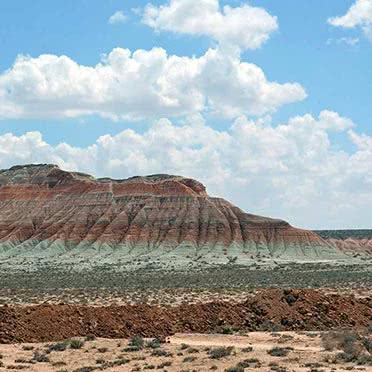
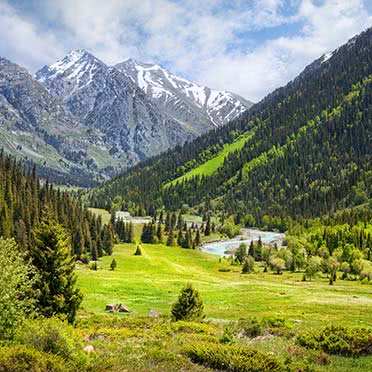

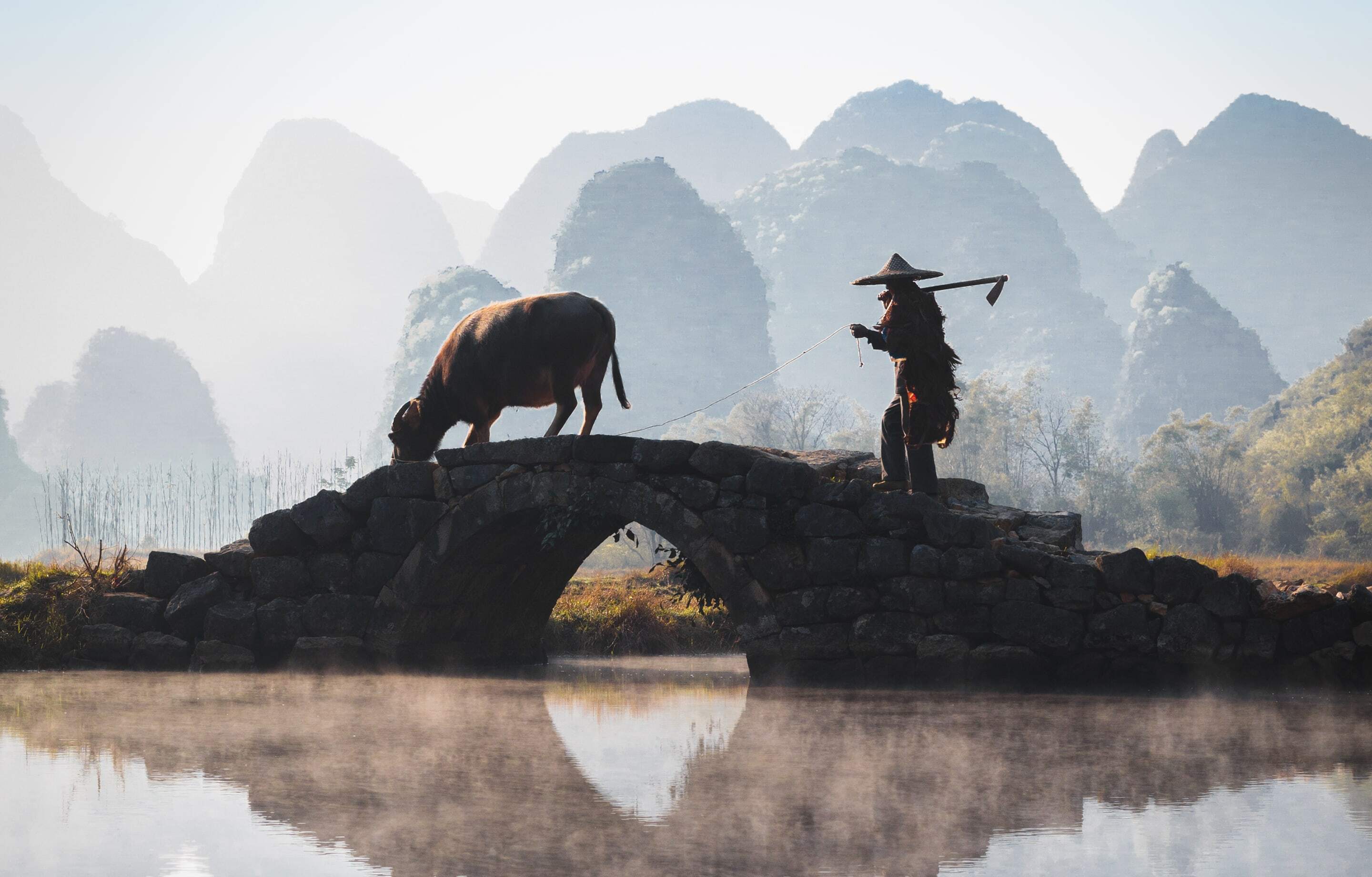
Exclusively Asia
With Remote Lands you'll travel with people who have made Asia the solitary focus of their own lifelong adventure. As our guest, you'll discover Asia on a journey that is completely, authentically your own, adapted from our own remarkable experiences and adventures over the years.
With Remote Lands you'll travel with people who have made Asia the solitary focus of their own lifelong adventure. As our guest, in the continent that our north American founders Catherine and Jay have adored and explored for decades, you'll discover Asia on a journey that is completely, authentically your own, adapted from our own remarkable experiences and adventures over the years.
Travelogues
An Asia-focused magazine brought to you by Remote Lands - a platform for adventure, luxury, and authenticity from experts and explorers around the continent.
Bukhara’s Mosques, Markets & Madrassas
- Author
- Jay Tindall
The fascinating city of Bukhara must be Uzbekistan’s most exotic locale. I had two days to spend in the area during my recent visit to Uzbekistan, so I made the most of them…
New Delhi’s 5 Finest Fine Dining Restaurants
- Author
- Raghav Modi
Food and travel writer Raghav Modi gives us the inside on the finest dining in India’s capital of New Delhi.
Get Ready for an Uzbekistan Foodie Tour Like Never Before
- Author
- Travelogues
Uzbekistan has long drawn visitors with its awe-inspiring Islamic architecture, ancient walled cities, and Silk Road history.
What Others Say
Here is a small selection of the kind words our clients have said about us recently.
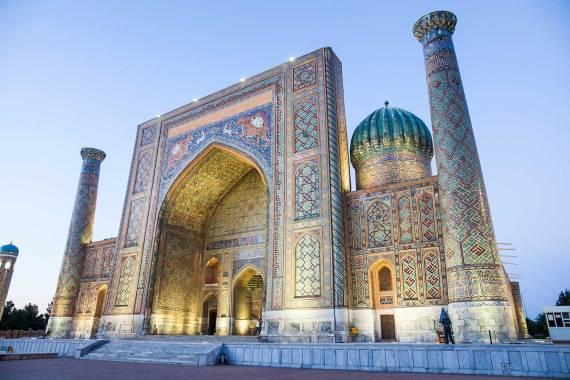
A Couple from California
Our guide in Uzbekistan seemed to know everyone wherever we went which made us feel like locals.
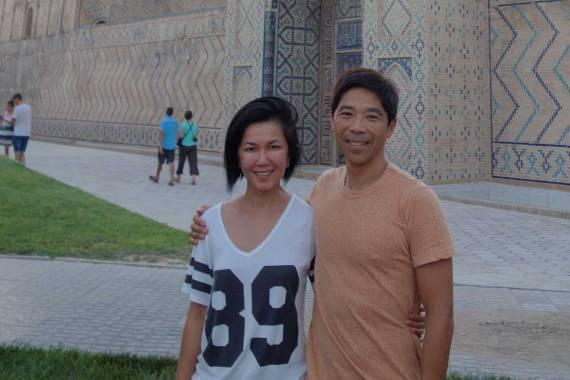
A couple from California
It was everything we expected and then some. Remote Lands was great and I would definitely use your agency again for another trip
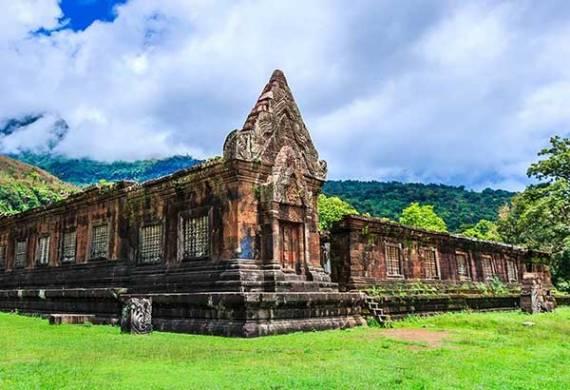
Party of four from Missouri & Tokyo
We appreciated traveling in remote areas...the slice-of-life experiences made the trip worthwhile.
